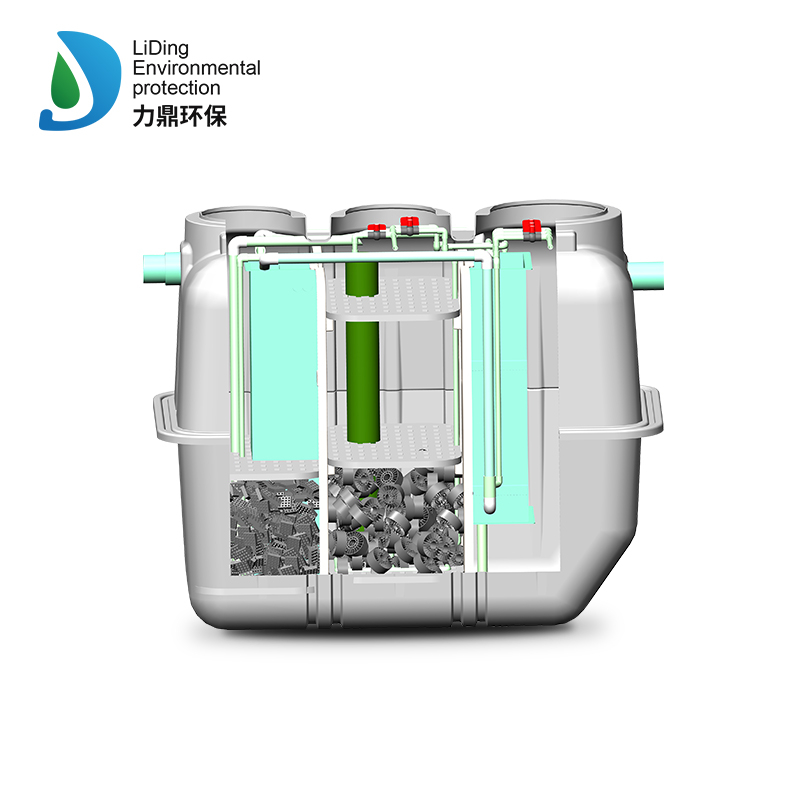In long-distance driving, the service area plays a fairly important role in providing fast service and convenient conditions for long-distance travel to ease the fatigue brought about by long hours of driving for drivers and vehicles. But the quality of the service area has its own quality, a lot of net red service, its popularity will make a lot of motorists stop, popularity, in fact, to sum up, the service station to good reputation, the environment is the most important, which will talk about the most important sewage treatment problem.
Service area sewage mainly includes bathroom wastewater, catering wastewater, living wastewater generated by the accommodation, greening and other aspects of the sewage generated when the water, as well as car wash, petrol stations and other aspects of the sewage.
Some special components in the sewage from service areas may have a special impact on the environment, starting with organics, which in the sewage from service areas mainly come from sewage generated from catering, accommodation and other activities. These organics, if discharged directly into the environment without treatment, may be decomposed by microorganisms into harmful substances such as ammonia nitrogen and hydrogen sulphide, which may pollute water bodies and soil.
Oil and grease is also an important piece of the puzzle. The oil and grease in the sewage from service areas mainly comes from sewage generated from catering activities. Grease, if discharged directly into the environment without treatment, may cover the surface of the water body, affecting the respiration and photosynthesis of aquatic organisms, as well as polluting the soil at the bottom of the water body. Ammonia nitrogen from activities such as toilets can be broken down into nitrite and nitrate by microorganisms. These substances may pollute water bodies such as groundwater, rivers and lakes, leading to eutrophication and deterioration of water quality. Pathogens from sewage generated from activities such as lodging and car washing. These pathogens, if discharged directly into the environment without treatment, may cause human and animal diseases such as enteric infections.
Therefore, sewage from service stations is actually necessary to be purified and then discharged through the establishment of sewage treatment facilities, reasonable classification and treatment, and regular maintenance, especially because many service stations are in remote areas surrounded by rural areas, and the impact on the rural environment is also very obvious. The organic matter, oil and grease, ammonia nitrogen and other components in the sewage from service areas, if discharged directly into rivers, lakes and other bodies of water without treatment, may cause problems such as eutrophication and deterioration of water quality, affecting the survival of aquatic organisms and the safety of human water use, and may contaminate the soil, affecting the quality of the soil and the growth of crops, as well as having an impact on the surrounding environment and human health.
As a senior enterprise in the decentralised wastewater treatment vertical, Liding Environmental has rich experience in wastewater treatment projects and is able to customise a rationalised solution for wastewater treatment at service stations, where professionalism is important in the selection of wastewater treatment equipment.
Post time: Aug-08-2024



